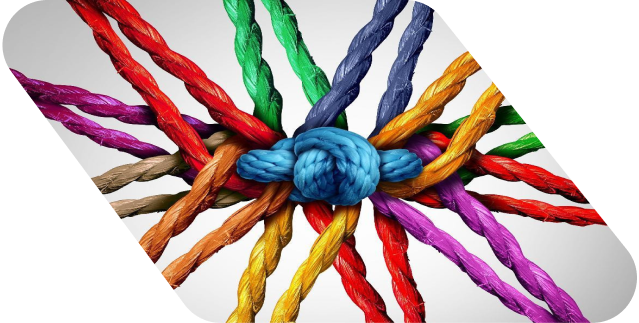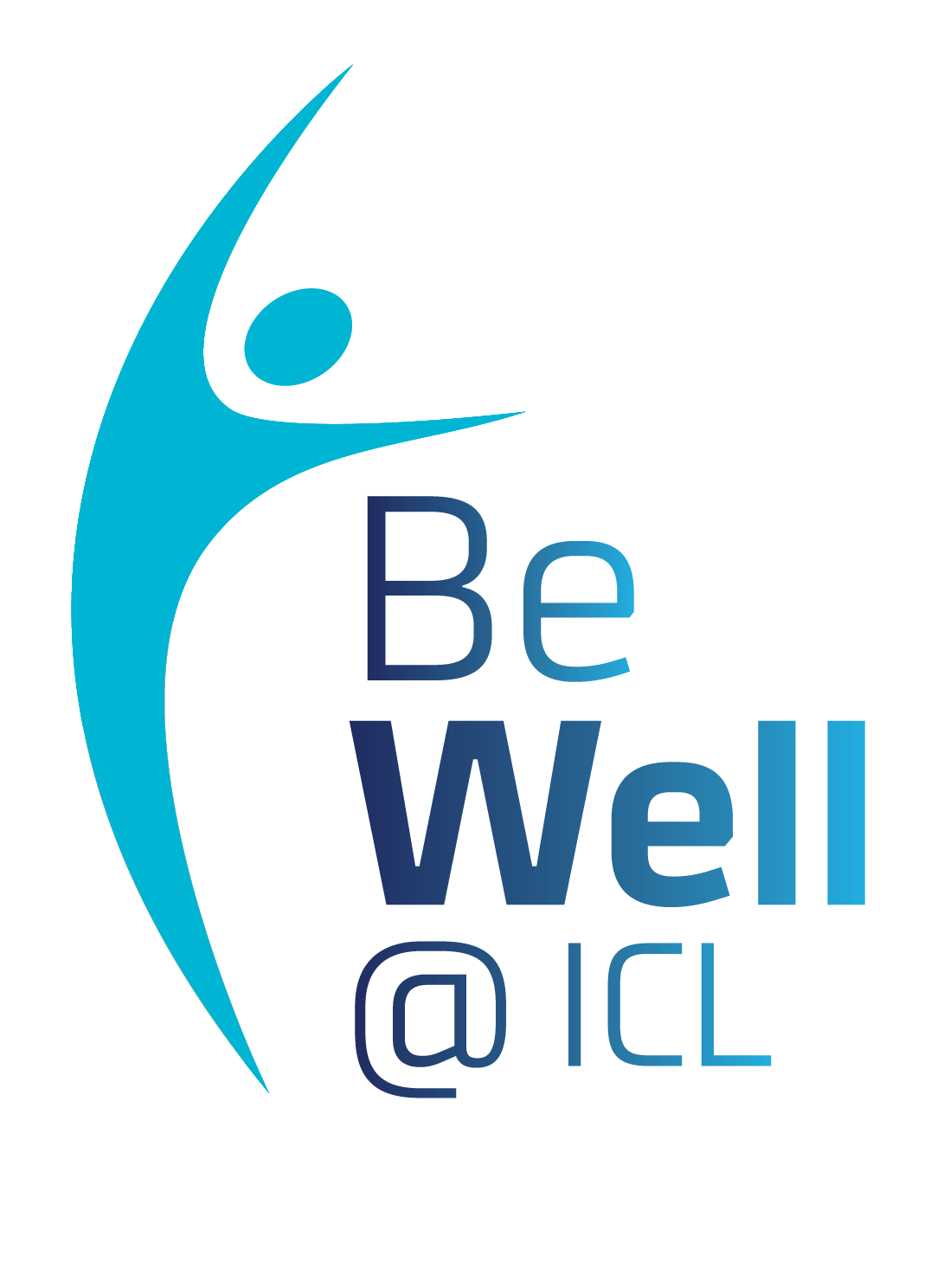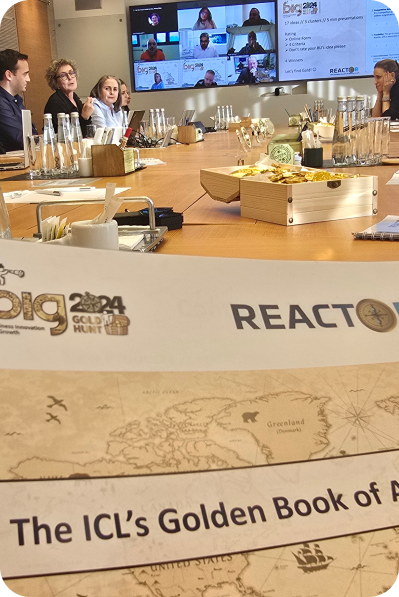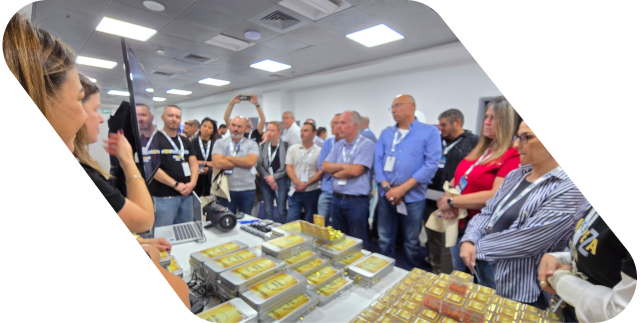SAFR® is a framework that provides a rigorous evaluation of specific flame retardants in their applications, thus enabling users to choose the most sustainable product for the intended use. As such, SAFR® is committed to the sustainable management of chemicals from the very first stage of the product design.

HOW DOES SAFR® WORK?
SAFR® has an exposure-based approach that utilizes quantifiable accelerated blooming, leaching or volatilization data from the base material matrix to thoroughly evaluate the use of the chemical in the chosen application. SAFR®’s assessment of the given flame retardant leads to the identification of:
- Uses that are either recommended, acceptable or not recommended, or
- Unacceptable hazards in which alternatives can be identified.

WHY SAFR®?
Flame retardants enable inherently flammable materials to meet rigorous fire safety standards. From everyday electrical & electronics, automotive, building & construction, flame retarded materials are an essential part of safe modern living. Nevertheless, fire safety should not compromise safety for human health and the environment: this is where the SAFR® framework goes the extra mile.
ICL set a challenge: could an easy-to-follow system be introduced for flame retardants to reward best in class based on performance, inherent properties and the level of potential human and environmental exposure in use? We believe SAFR® is uniquely positioned to meet the needs of consumer product manufacturers and can provide both a simple and science-based framework that goes beyond regulatory systems.
OUR ASSESSMENT OF FLAME RETARDANTS IN THEIR USES
|
Exposure
Hazard
|
Low | Medium | High | Unacceptable |
| Low Potential | Recommended | Recommended | Acceptable | TO BE PHASED OUT |
| Medium Potential | Recommended | Acceptable | Not recommended | |
| High Potential | Acceptable | Not recommended | Not recommended |
Any questions?
Contact us for more information about our variety of products lines for the agriculture industry






